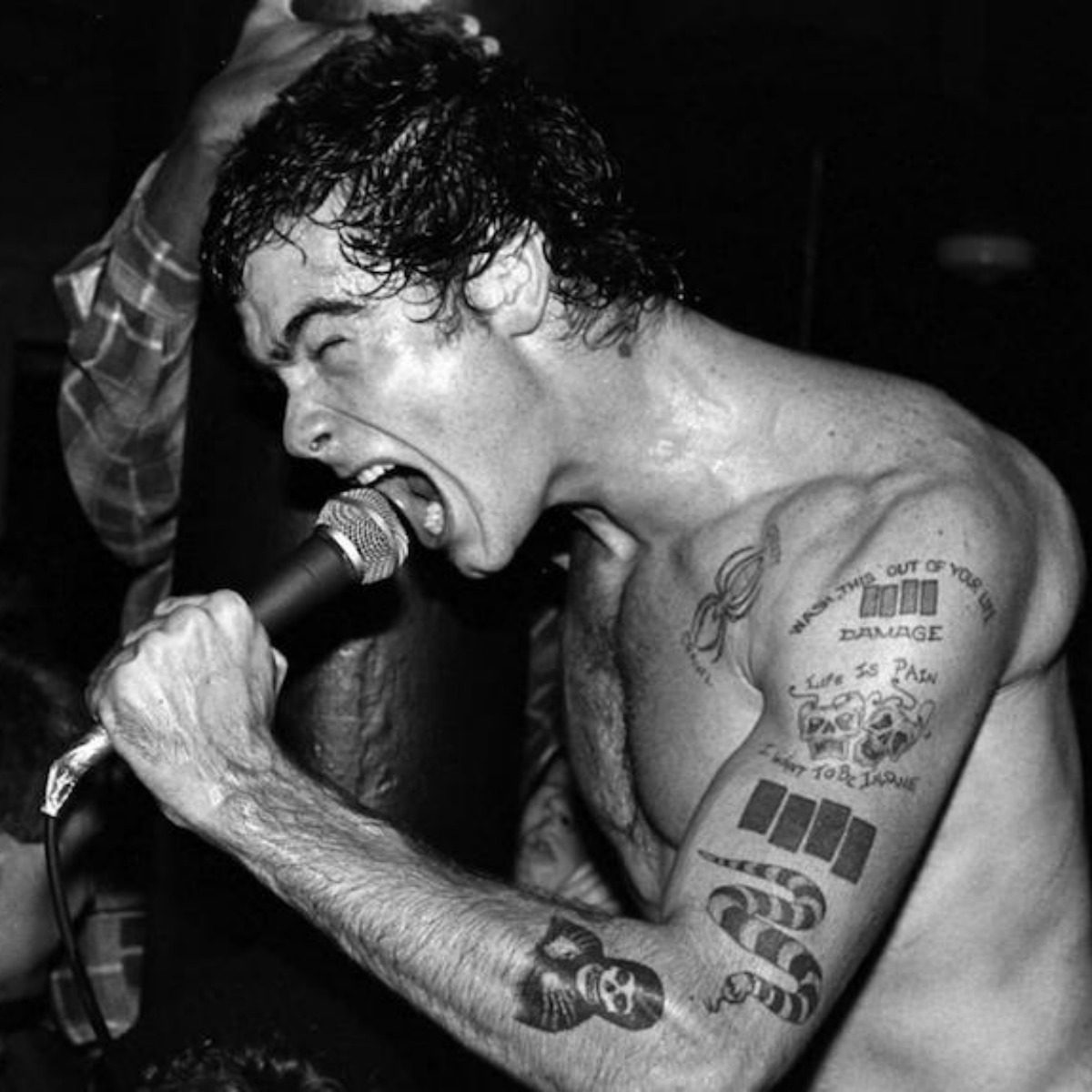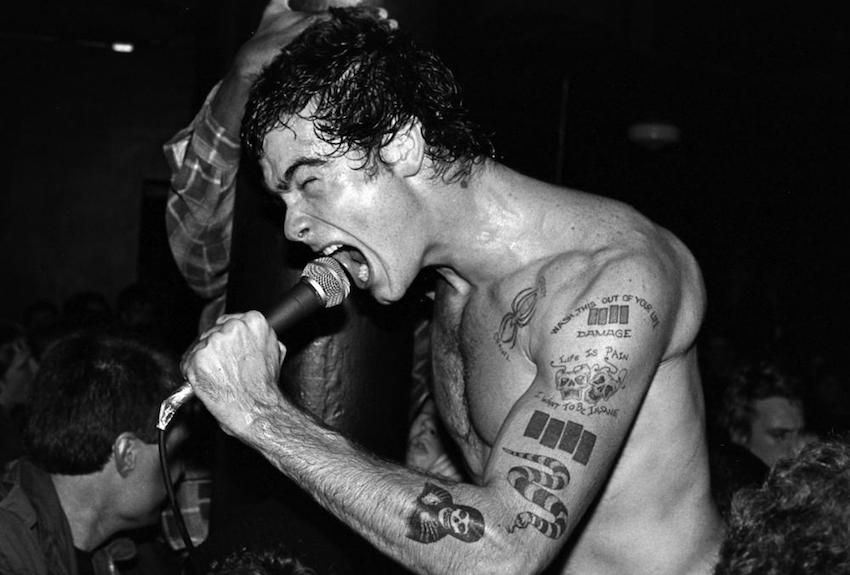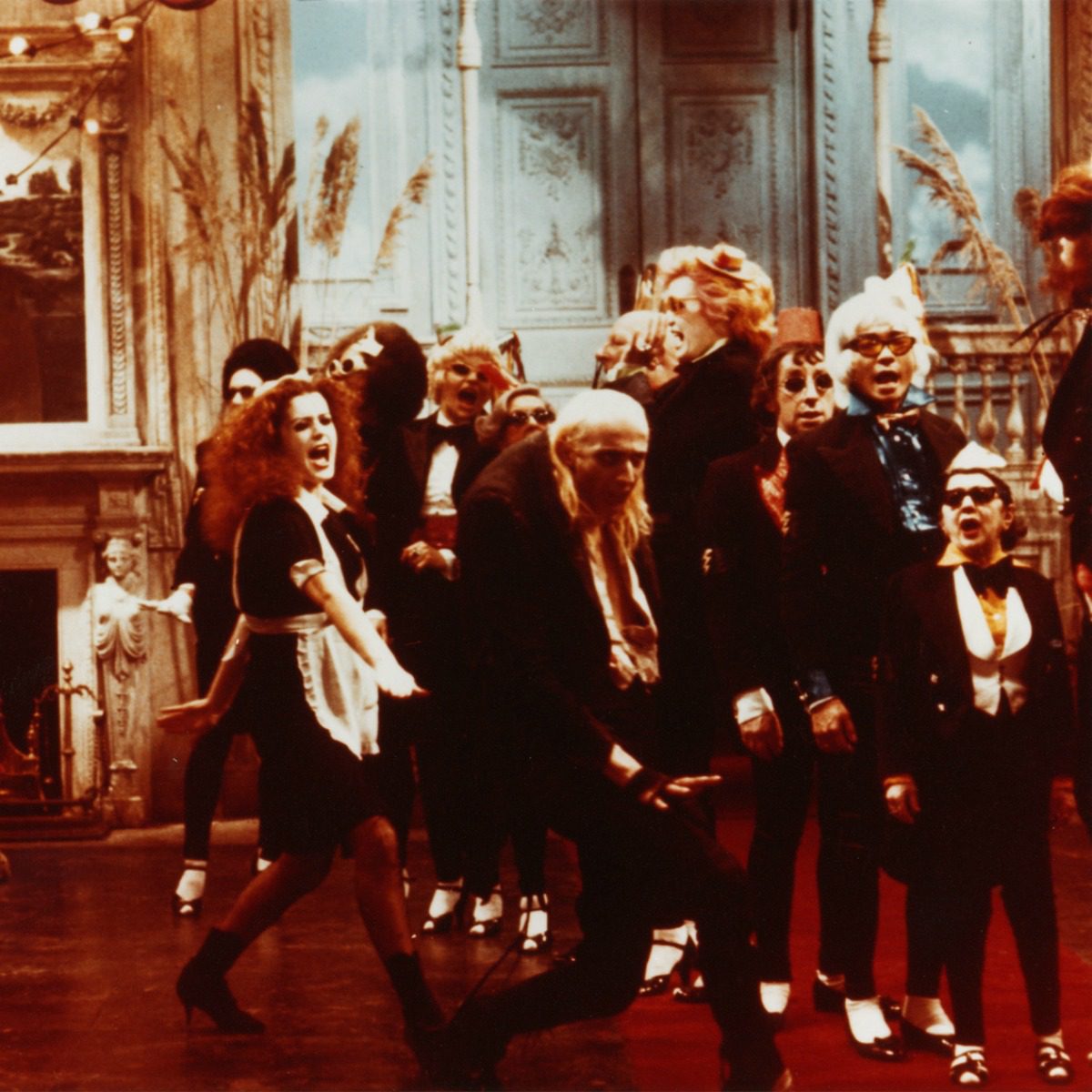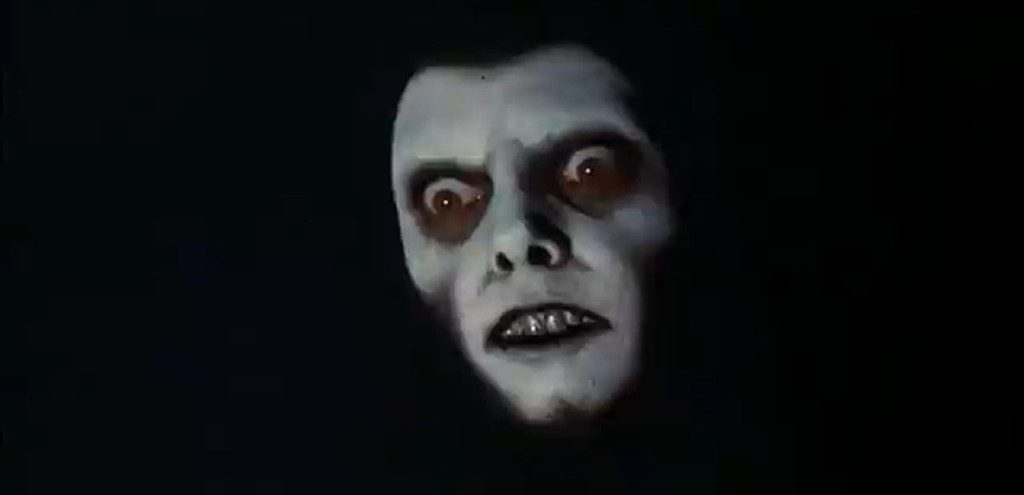ONLY NOISE: All The Rage

High school. The quivering minutes before debate class. Perspiring and wobbly at the thought of blurting my tenth-grade arguments to a room full of…seniors.
There was only one way to properly cull my nerves before a debate: get furious.
While anger might make some frantic and unhinged, it has long been a friend of mine. Though I may never have realized its cathartic, downright productive abilities had it not been for debate class – and the horror of public speaking as a high school kid.
“Make me mad!” I would goad my classmate, Kim, moments before the great Bloom v. Luker debate of 2006, regarding the legitimacy of the Iraq War (guess which position I took).
“How? What should I say?” my sweet classmate would ask, utterly baffled.
“Talk about what a wonderful president George W. Bush is. Say Evangelical Christian stuff – like how homosexuals are going to burn in hell.”
Kim didn’t become any less confused, but I won that damn debate. Most of the damn debates, for that matter. But had it not been for that little boost of fury, I’m not so sure I would have.
Long has anger been a stigmatized emotion – more so for women than men, unfortunately. What is an incensed woman to do when she is told for decades that 12 Angry Men look like passionate, dutiful citizens, but one angry woman looks like Glenn Close in Fatal Attraction?
For the better part of my life, I’ve had an alchemic relationship with anger. What many saw as an unpleasant reaction, I viewed as a primal tool made for navigating the world differently. Getting amped up on adrenaline before debate class didn’t make me an irrational font of diatribe – it calmed me, gave me clarity, and the steadiness of a well-wielded scalpel. After discovering this effect, I naturally found a companion in angry music.
But what does “angry music” mean? I’m not exclusively implying topical music, like the Regan-era politico-punk of Dead Kennedys (though it is all the more relevant these days). What I find significantly more purgative is music that embodies wrath in sound alone – that weaves an aural tapestry of rage. The aggressive guitar symphonies of Glenn Branca’s The Ascension come to mind, as do the sparse yet sinister pieces from George Crumb’s Black Angels album. These records show emotion rather than speak of it, and while anger may not have been the impetus for behind them, it is how I appropriate the work.
Branca’s compositions in particular, especially when experienced live, create an all-consuming force field of sound that overwhelms in a similar way to being bathed in outrage. His incredibly loud, distorted and relentless cacophony of guitars verges on sounding stressful…but in a good way? And yet, after confronting that taxing sensation for a good hour: tranquility ensues.
For quite some time I figured that this off-brand “enlightened” reaction was solely an attribute of my own idiosyncrasies. Perhaps it was a fucked up feature of my being. I’m the person who considers The Exorcist to be one of the greatest movies of all time, after all. I was the kid who would watch tacky, History Channel documentaries on unsolved murders and serial killers after school. Maybe my relationship to anger and its musical spawn was messed up, even unhealthy.
But then, science rushed to my defense! In spring of 2015, Australia’s psychology school at the University of Queensland published a study entitled; “Extreme Metal Music and Anger Processing,” which countered the longstanding assumption that listening to “angry music” increases the listener’s level of anger. The researchers conducting the study found 39 “extreme music listeners aged 18-34,” who were “subjected to an anger induction, followed by random assignment to 10 min of listening to extreme music from their own playlist, or 10 min silence (control).”
The study found that “hostility, irritability, and stress increased during the anger induction, and decreased after the music or silence. Heart rate increased during the anger induction and was sustained (not increased) in the music condition, and decreased in the silence condition.”
The researchers concluded that “extreme” music does not in in fact stoke extreme behavior or delinquency in listeners. “Rather,” as their report claims, “it appeared to match their physiological arousal and result in an increase in positive emotions. Listening to extreme music may represent a healthy way of processing anger for these listeners.”
Finally, there was a demonstrable argument for my fascination with one of our most feared emotions. I no longer feel the need to explain to people why I am unlikely to bop around to the Go-Go’s when in a foul mood. It seems more fitting to thrash around to Merzbow, or Girl Band, or Throbbing Gristle.
I mention all of this, in part because I find it inherently interesting; my fascination with the link between music and mood isn’t going anywhere. But I also mention it in the hopes of arousing the reexamination and repurposing of a sentiment that is so prevalent today. Last week I spoke about how Dresden Dolls’ Amanda Palmer feels that “Donald Trump is going to make punk rock great again,” which would be a function of channeling our collective fury into an art form – something that humans are pretty good at doing.
So as we get closer to inauguration day, and to the nationwide marches in resistance of it, I hope we can remember that anger isn’t always such a bad thing. I hope we can remember that when focused and sharpened like a fine, diamond point, our anger can split the awaiting air, and get us to our destination sooner. Despite what those in power would like to convince us of: anger does not mean violence, just like angry music does not mean delinquency.
Don’t be afraid of your own rage.




